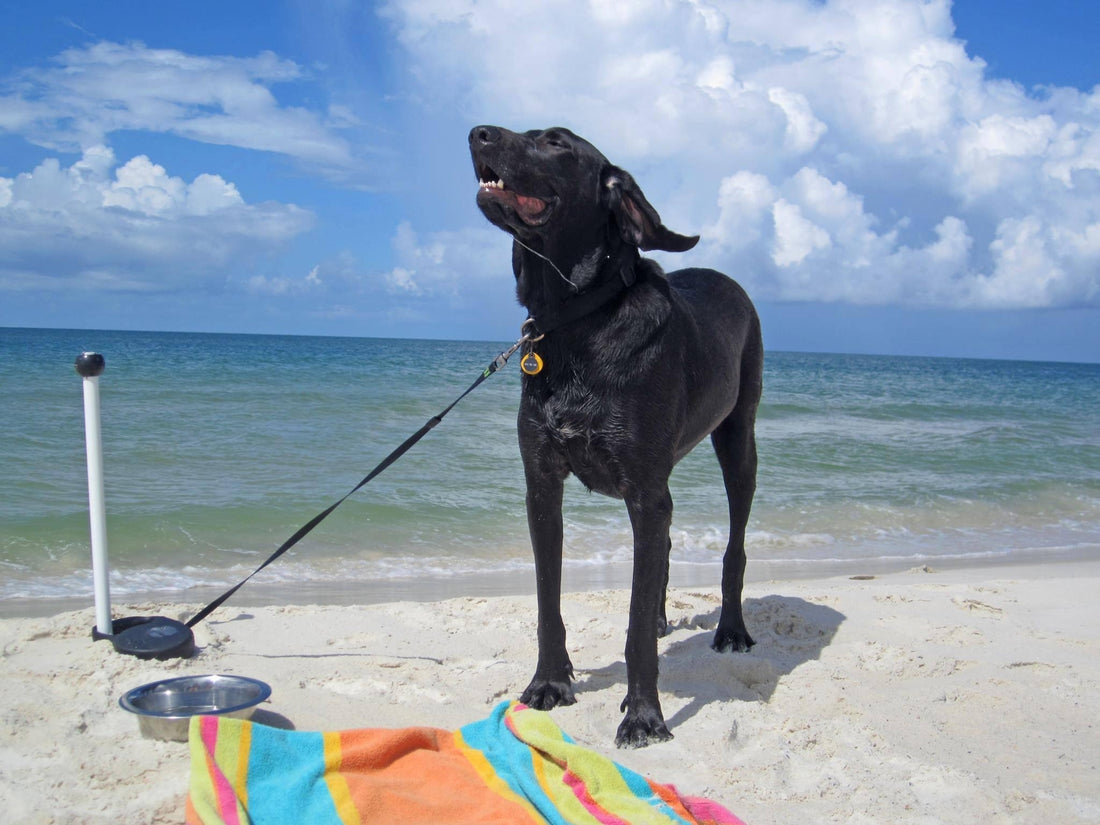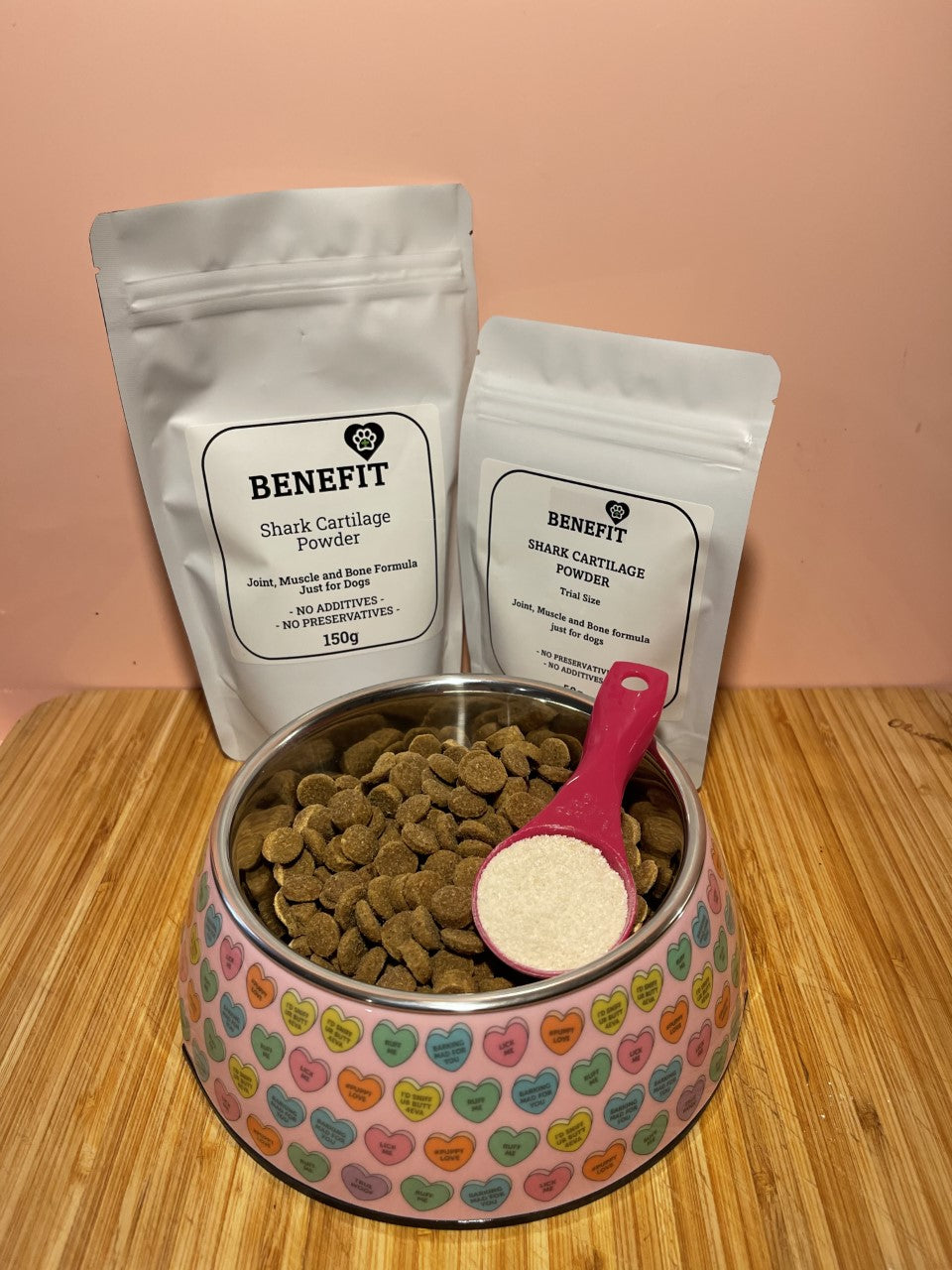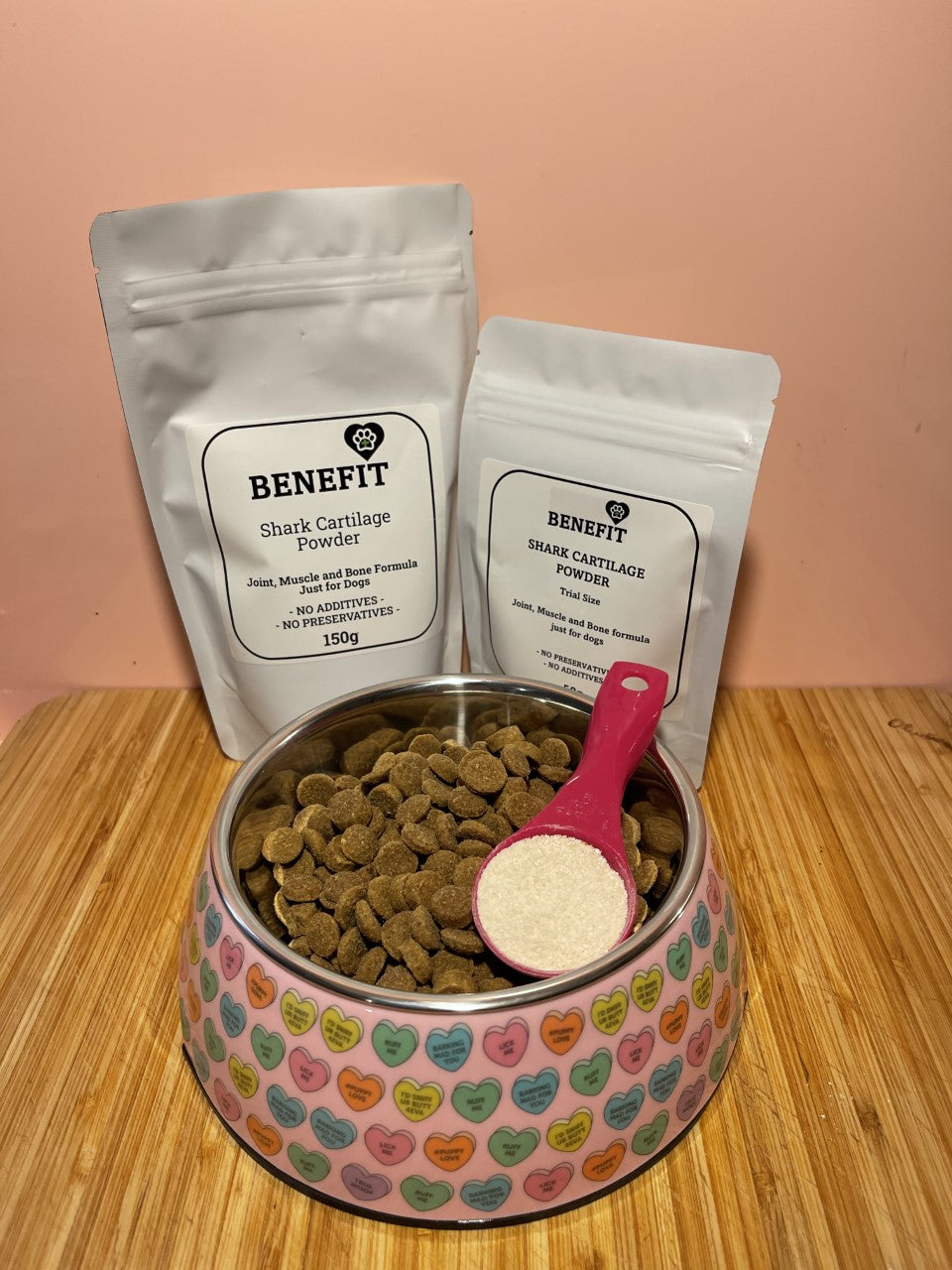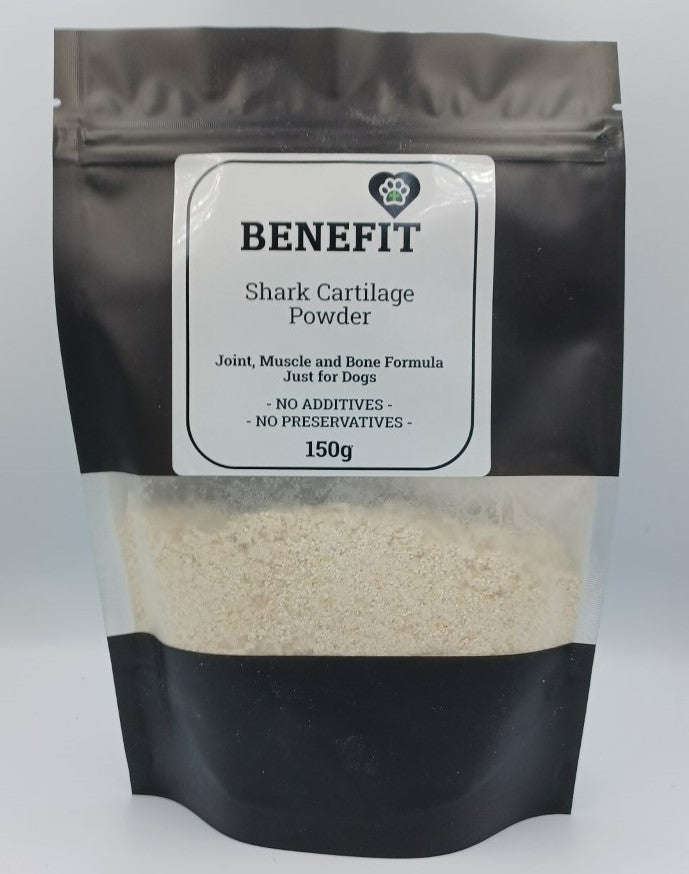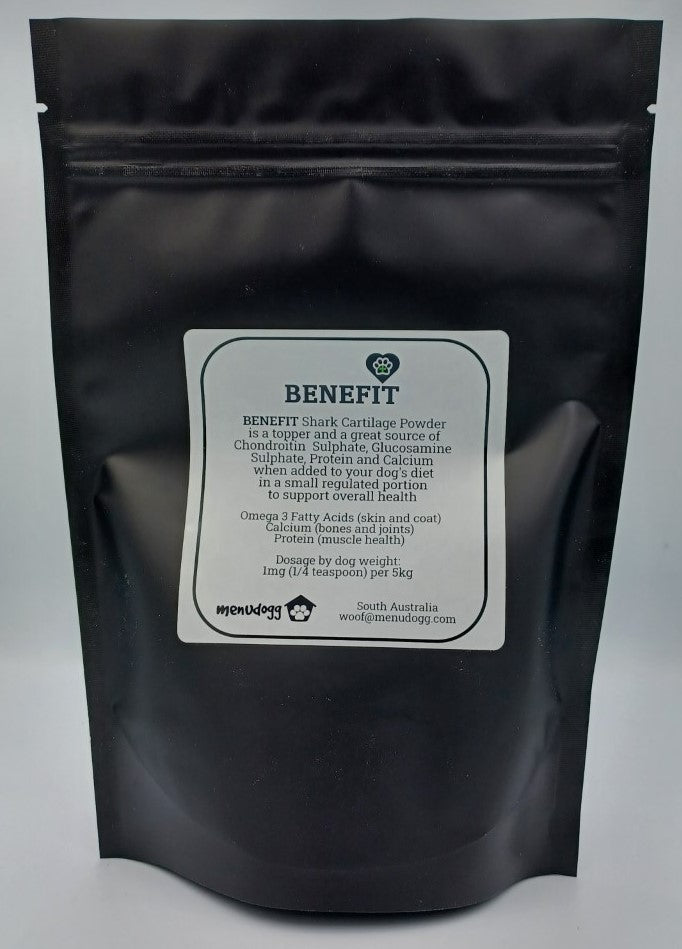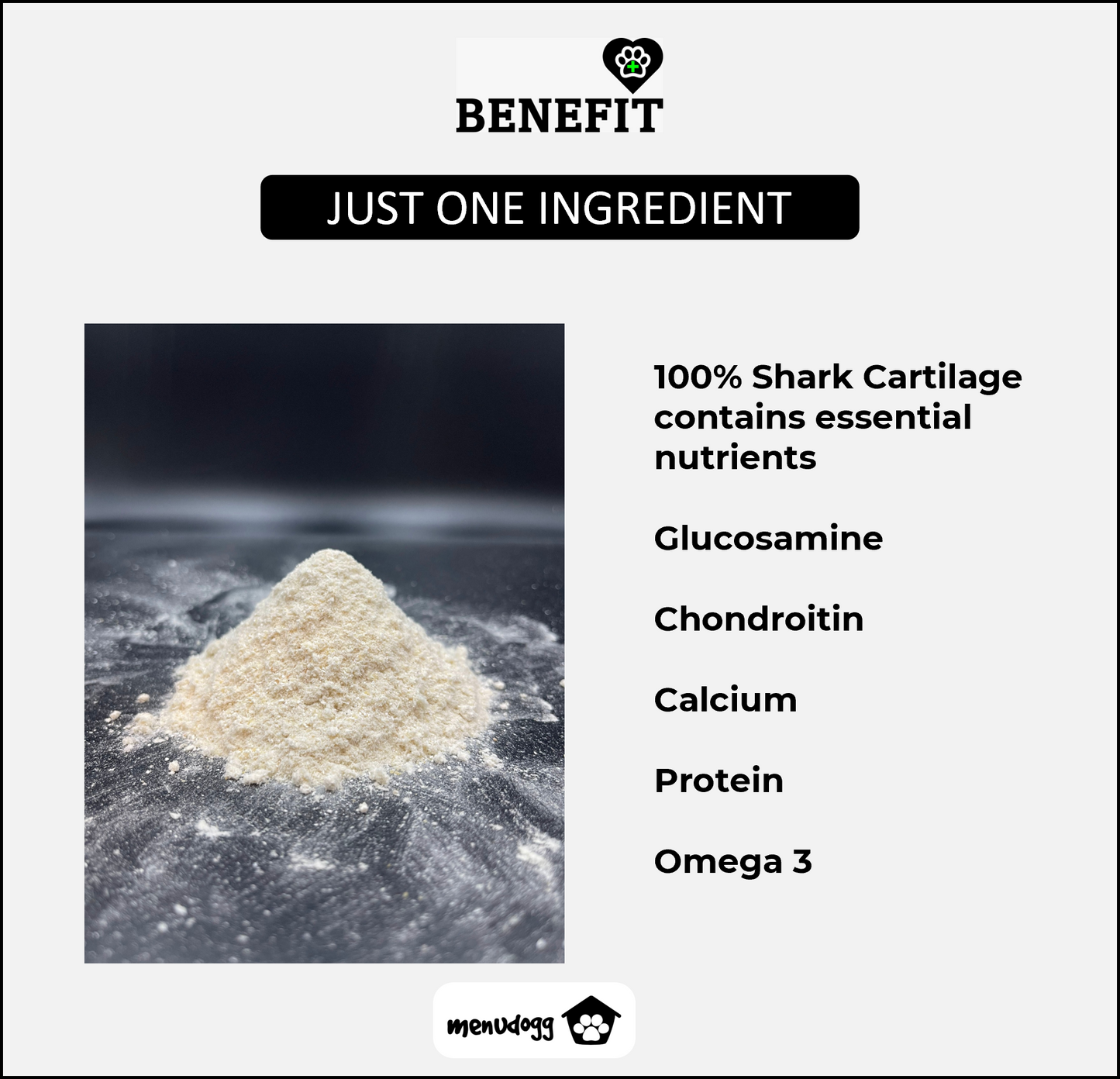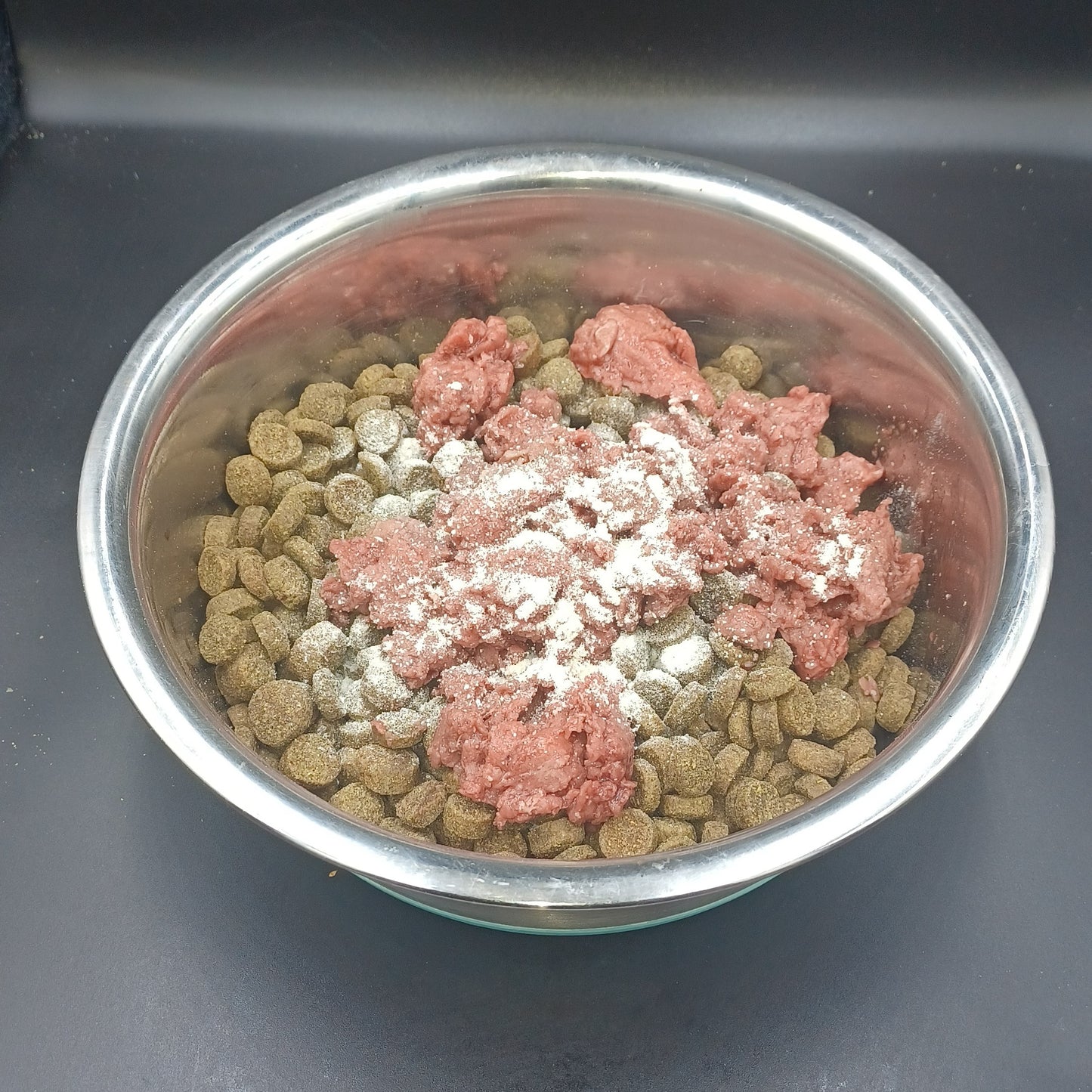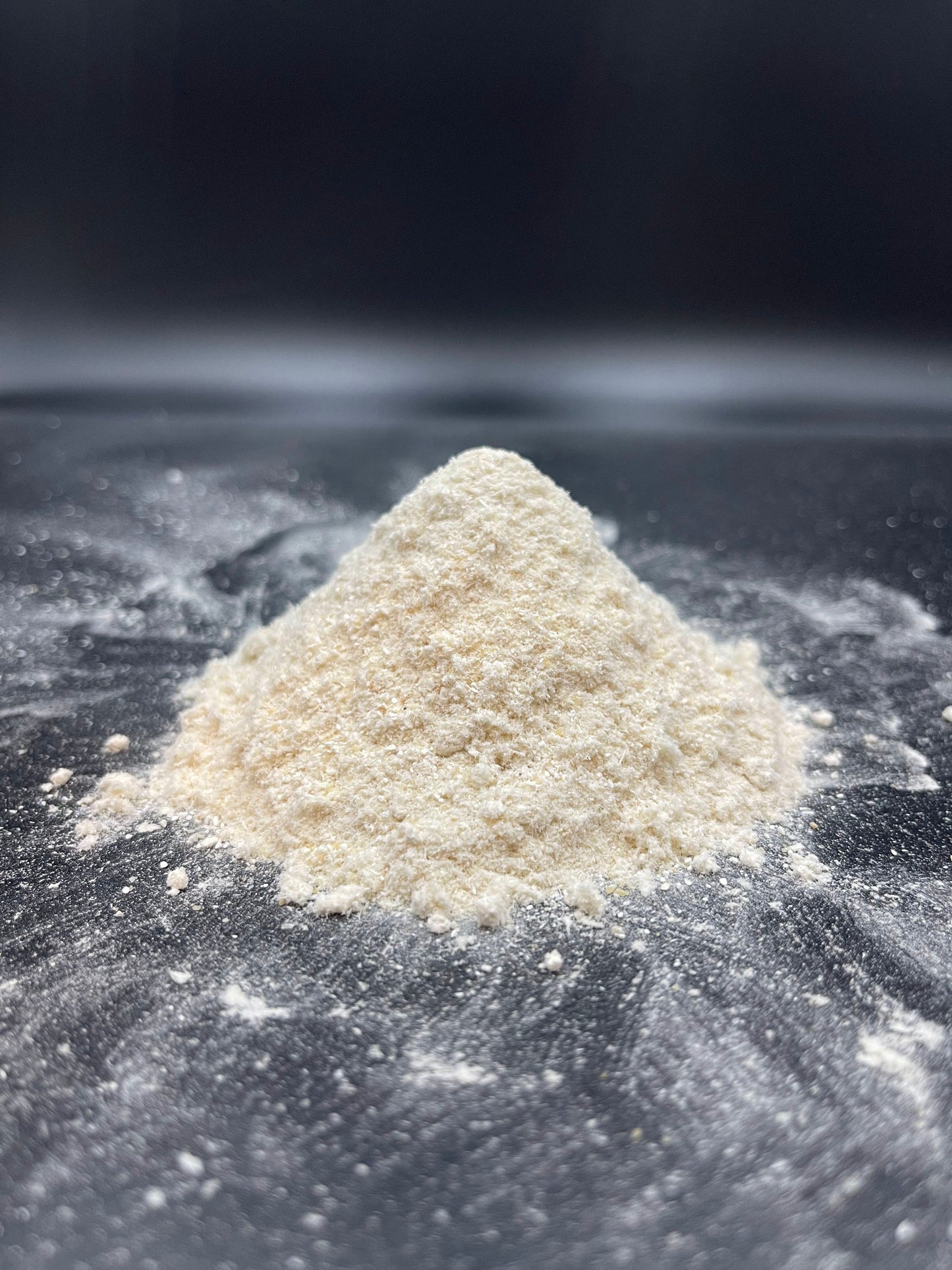The effects of summer on dogs
It's summertime for the top half of the world, don’t worry Southern hemisphere yours is on the way! Summer usually means the weather is hot and the pavement is even hotter.
While this may not seem important to us, it can be incredibly damaging to our dogs' paws. In this post, we'll discuss the effects of summer, swimming, and hot pavements on our dogs' their paws, and how to protect them. What are some of the biggest challenges you will face with your dog this summer? One of the crucial issues is that dogs need a lot more water in the summer and also need to be protected from heat stroke. Signs of heatstroke in dogs include.
- Heavy or rapid panting
- Excessive drooling
- Lack of coordination
- Red gums
- Rapid or irregular heart rate
- Muscle tremors or seizure
- Feeling warm to the touch
- Collapse
- Loss of consciousness
If you suspect heatstroke DO NOT give them ice cubes it can cause shock instead use cool (not cold) water to lower their temperature, a towel soaked in cool (not cold) water for them to lie on (or you can drape it over them), whilst you contact your vet immediately!
Leave plenty of water out for your dog bowls filled to the brim and you can put ice cubes in the water to help it stay cooler for longer and keep the bowls in the shade.
If your dog is healthy then you can give them ice cubes but make sure they are a manageable size for your dog, and not too big, it could cause a choking incident or break a tooth if they’re avid munchers!
You can use a blender if your dog is aging, and their teeth are not what they once were.
The sun is hot! There won’t be any science prizes given out for saying that, but sunburn is a grave issue for dogs, especially pale skinned ones.
Dog’s noses are very sensitive to sunburn, as are their ears, and other areas where hair cover is sparse.

Photo credits - Pet Poison Helpline
Dogs can get skin cancer which could end up requiring extensive surgery. Sunlight can also make existing conditions worse, especially for dogs with allergies. So just like you would stay in the shade where possible to help protect doggo. Learn more about how to give dogs ice.
Short nosed or snub-nosed dogs like Bulldogs, Pugs, Boston terriers, Boxers, and Pekingese have a shorter than normal snout from inbreeding over the centuries.
This can cause breathing problems and the inability to cool down normally. So, you need to be extra careful if you have a breed in this category, summer sometimes isn’t so much fun for these guys.
Always if you are concerned about your doggo and they are showing strange behaviour keep them in the shade and contact your vet. Learn more about heatstroke from the Bluecross here.
When it comes to playing, dogs should never be left unattended outdoors because they can overheat or become dehydrated always make sure your dog has a collar and nametag and is ideally microchipped in case they wander off and get lost.
Swimming
Swimming is fantastic exercise for dogs and a brilliant alternative to walking in the heat of summer, be that in a pool or at the beach or lake. When you’re at the beach always watch your pet and follow these basic guidelines.- Be aware if the tides at the beach and learn the tell-tale signs of riptides, your dog will not know how to beat a riptide but with some education you can. If you see an area of the beach that appears calm with no waves compared to either side of it stay away from that area, many beaches will have warning flags or signs, but if you know the signs you can prevent heartache.
- If your dog drinks saltwater it is highly likely to make them sick and dehydrate them, always have fresh water and a bowl with you.
- Take measures to avoid heatstroke on the beach, bring some form of shelter like an umbrella, beach tent, or gazebo, many beaches have natural shelter around the sides but on popular days these spots will be taken early, so like the boy scouts’ motto “be prepared”
- Wash sand and salt off your dog as soon as you can to help prevent skin irritation.
- Watch out for strong currents in rivers, if in doubt keep your dog on a leash and throw in a stick to check the speed of the current.
- Before letting your dogs swim in ponds, lakes, rivers and canals check to ensure there is no algae and it is clean. Harmful Algal Blooms (HABs) and a blue-green algae called cyanobacteria are toxic to animals and can cause brain damage rapidly. If you suspect your dog has been in algae contaminated water, contact your vet at once.
- Unfortunately, dogs can and do drown in bodies of water, if your dog has been swallowing and inhaling water contact your vet since this can lead to complications.
- Your dog is part of your family so owners do anything to save their pets when they see them in trouble, regrettably each year dog owners die trying to rescue their pets. Don’t put yourself in a dangerous situation to begin with.

Photo by Jennifer Barnes on Unsplash
Many people have their own swimming pool these can be dangerous for pets, figures suggest that over 5000 pets drown a year in the USA in garden swimming pools, and it is also a myth that all dogs know how to swim [source - petlovely.com]. Pools can dehydrate a dog if you’re using a saltwater pool or cause digestive issues from the chlorine in the pool so always stay with your pets outdoors to keep an eye on them although rare they could suffer from water intoxication.Water intoxication, what is it?
Water intoxication occurs when dogs swallow too much water in a short space of time. It is exceedingly rare but does happen. This condition can lead to brain damage and in extreme cases is potentially fatal. When swimming dogs can swallow too much water which can cause water intoxication. So, this is another reason to always be near and watching your doggo when they are getting to cool off.Five Symptoms of water intoxication are
- Loss of coordination (including swaying and falling).
- Bloating.
- Vomiting.
- Pale gums.
- Tiredness.
If you see your dog swallowing a lot of water, bring them out and let them relax.
At the beach always have fresh water with you for them to drink, if they swallow a lot of salt water it can lead to salt poisoning which exhibits the same symptoms as water intoxication.
Learn more about water intoxication here.
NEVER leave your dog unattended inside a car!
Image credit - RSPCA
Dogs cannot sweat all over their body like we can, their pads are where their sweat glands are found for cooling and panting is the other method they use to cool down. So, it doesn’t take long for them to overheat.
Never leave your dog unattended in a car even with the windows open!
If you see a dog inside a car, contact the police on the emergency number for your country, it is classed as an emergency, or contact the RSPCA animal cruelty hotline and record the details of the car. If you cannot locate the owner, then ask the local shop managers if they know who owns the car. Do Not break the window you could be charged with an offence. Instead speak to the police, they will guide you and should send an officer to your location very quickly, always listen to what the police are telling you and follow their instructions, they will be able to assess your situation and that of the poor animal and provide guidance. Click here for the RSPCA advice on what to do.
When do hot pavements cause burns?
Animals can suffer from paw injuries if they step on a hot surface. Cats, dogs, and other animals are susceptible to paw burns from surfaces that are too hot. If the air temperature is over 25°C (77° F), there is an elevated risk for injury, because the surface temperature can be over 50°C (125°F).
It takes just 60 seconds on the pavement at 50°C (125°F) for a dog's pads to burn. This means that the pavement could be potentially dangerous when the air temperature is 25°C (77°F).
An excellent way to test if the pavement is ok for your dog is the "seven-second rule" Place the back of your hand on the surface for at least seven seconds. If you cannot hold it there without any discomfort or if you feel hotness, then it is too hot for your dog.
Serious damage and distress can occur to your dog from walking them on hot surfaces, so be aware! Things you can do to reduce the risk.
- Walk early in the morning (before 10 am) or later in the evening (after 7 pm).
- Avoid walking on asphalt, concrete, and stones, stick to grass and dirt.
- Walk in the shade, the surface temperature below trees is far lower than not.
- Carry water and a bowl on your walks, and stop in the shade to let your furry pal drink
- Check your dog’s paws often, for blisters or soreness.
- Use dog shoes with rubber or neoprene soles. (Do not use for too long, dogs regulate temperature through their pads.)
- Use a paw wax that creates a barrier to protect from heat.
- Keep your dog inside during extreme heat.
Is My Dog Suffering from Pad Burn?

contact us to give photo credit
- Refusing to walk or limping
- Darker than usual or discoloured pads
- Excessive licking or biting of feet
- Visible blisters or extreme redness
- Missing part of pads
If your dog does get paw burns, here are some things you can do.
- Immediately place the paw in cool (not cold or ice) water.
- Allow your dog to lick the paw, as this will help to cool and soothe it.
- Apply a cool, damp cloth to the paw.
- Give your dog over-the-counter pain medication, if needed.
- Apply an antibiotic ointment to the paw, if there are any open wounds.
- Cover the paw with a bandage, if needed.
- Take your dog to the vet if the burns are severe, if there is any swelling, or if your dog is in pain.
With the hot pavement and the summer heat, it is important to stay healthy and drink plenty of liquids, pet owners are having to take extra steps to keep their pets safe. You can read a little more on pads here.
One way to do this is with a cooling pad for pets. These pads can be placed in a freezer for a few hours and then used on your dog or cat. Freezing water bottles can also be used as an ice pack, but it is important not to leave them alone with the water.
Summertime is a great time to enjoy the outdoors with your dog. However, it is important to be aware of the dangers of hot pavement and take steps to protect your dog's paws. With a little planning and preparation, you and your dog can enjoy a safe and fun summer together.
To help your dog stay happy and healthy then you can use.
SilkyPawz™ Doggo Hemp Balm
Your doggos paw pads are covered in tough skin and a thick layer of fat that protects their paws from the heat and cold.
SilkyPawz soothing paw helps to soften cracked paws and creates a protective barrier between the paws and surfaces so your doggo can play without any discomfort. All the ingredients are natural and safe for doggos.
- Coconut oil
- Shea butter
- Hempseed oil
- Beeswax
Applying SilkyPawz balm: Massage a small amount of the balm into the affected area and allow it to soak in. Apply daily to keep those pawz supple or whenever irritation occurs.
and
SilkyPawz™ Hemp Oil 100ml
Give your doggo a boost of natural goodness with SilkyPawz™ Hemp Seed Oil.
Hemp seed oil is extremely versatile. Mix a few drops in with your pet’s food, to improve their overall well-being.
Hemp seed oil is packed with omega essential fatty acids 3, 6, and 9. It also contains all 20 amino acids, loaded with vitamins and minerals, and antioxidants.
Hemp Seed Oil is also excellent for dry skin, cracked nose or paws, to help keep your pet’s skin and coat supple and shiny.
The nutrients found in hemp seed oil can help strengthen your pet’s immune system; make their skin healthier and even prevent common skin conditions; boost joint health and improve mobility; whilst transforming your pet’s mood and anxiety.

